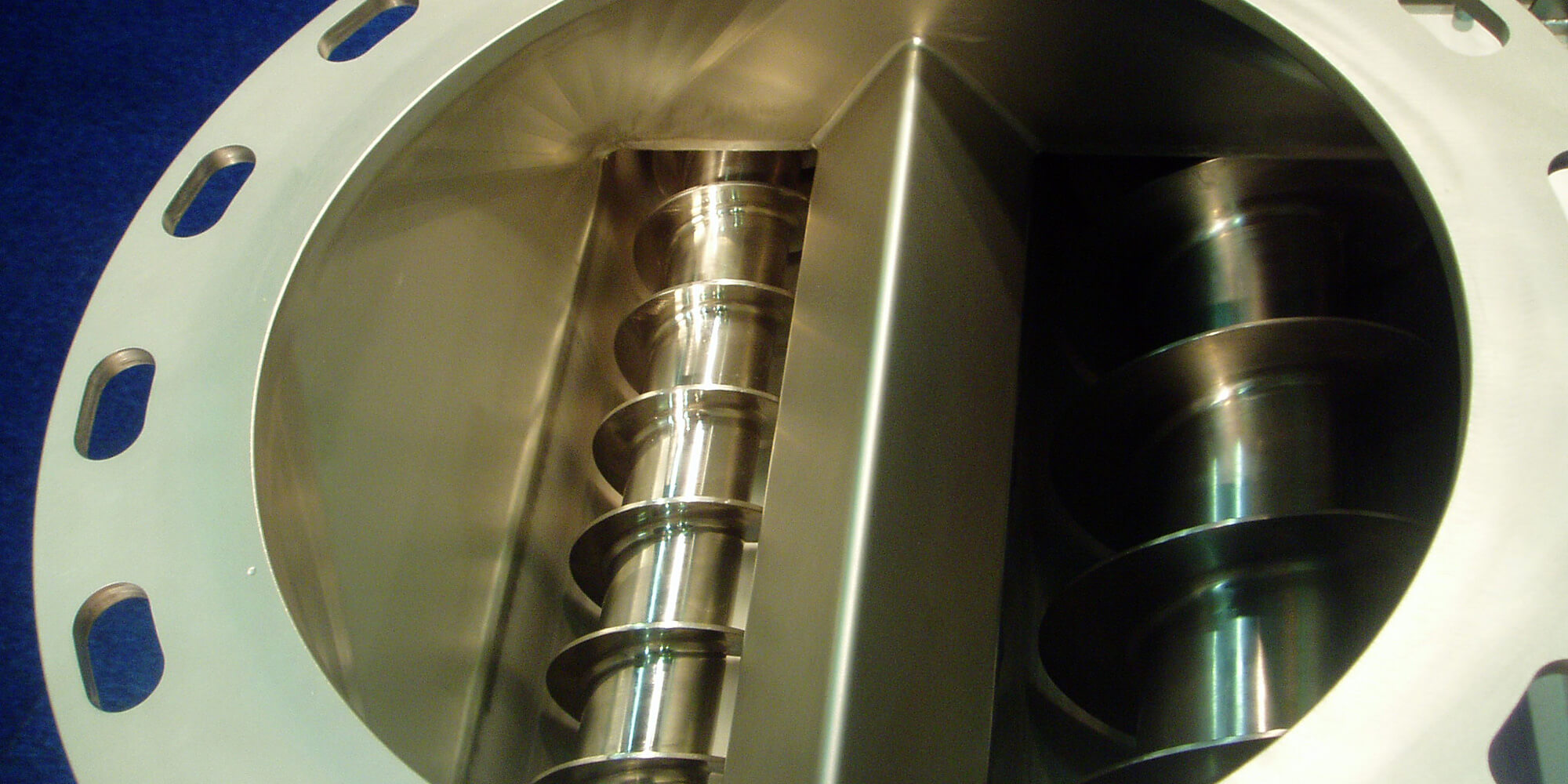In order to obtain the desired flow pattern, feeders must be designed and assembled to work in unison with vessels.
In order to support either reliable core flow discharge or mass flow from a vessel, it is critical that the geometry used in the construction of the vessel is appropriate for the bulk solid being handled. The same is true for the selection of feeders and the design of their interfaces, in that they must be designed and assembled to work in unison with the vessel in order to obtain the desired flow pattern.
Typically, most types of standard feeders are of a constant capacity design whereby their operation is characterised by the development of a localised flow channel at the point at which transport capacity is first apparent under the outlet of the vessel. In most cases this results in only a partial activation of the cross-sectional area with the consequence that substantial non-flowing regions can be generated within the vessel. Such non-flowing regions can have considerable adverse consequences for product quality and discharge consistency.
Remedial actions to bring improvement can range from relatively simple changes to interface arrangements through to more extensive re-engineering of the feeder unit.
The Wolfson Centre experts can advise on the most economic route to useful improvement and can provide trial facilities within its laboratory.
